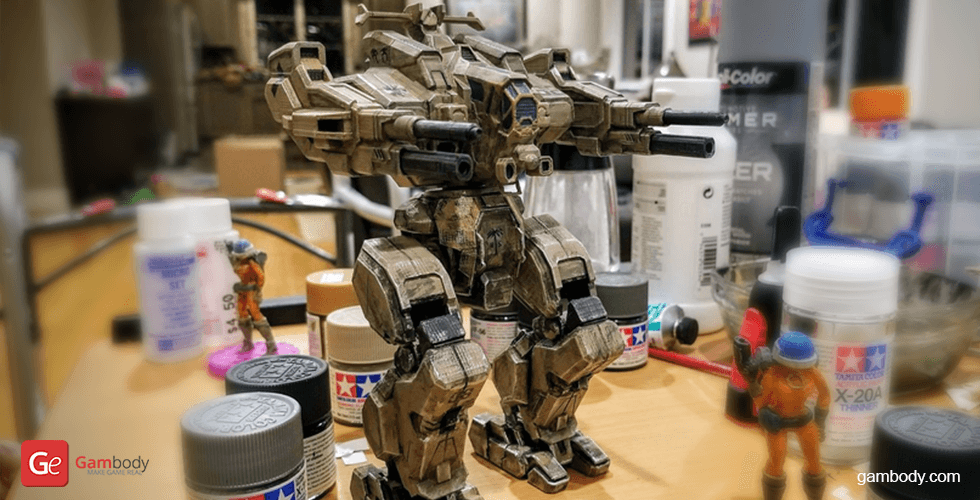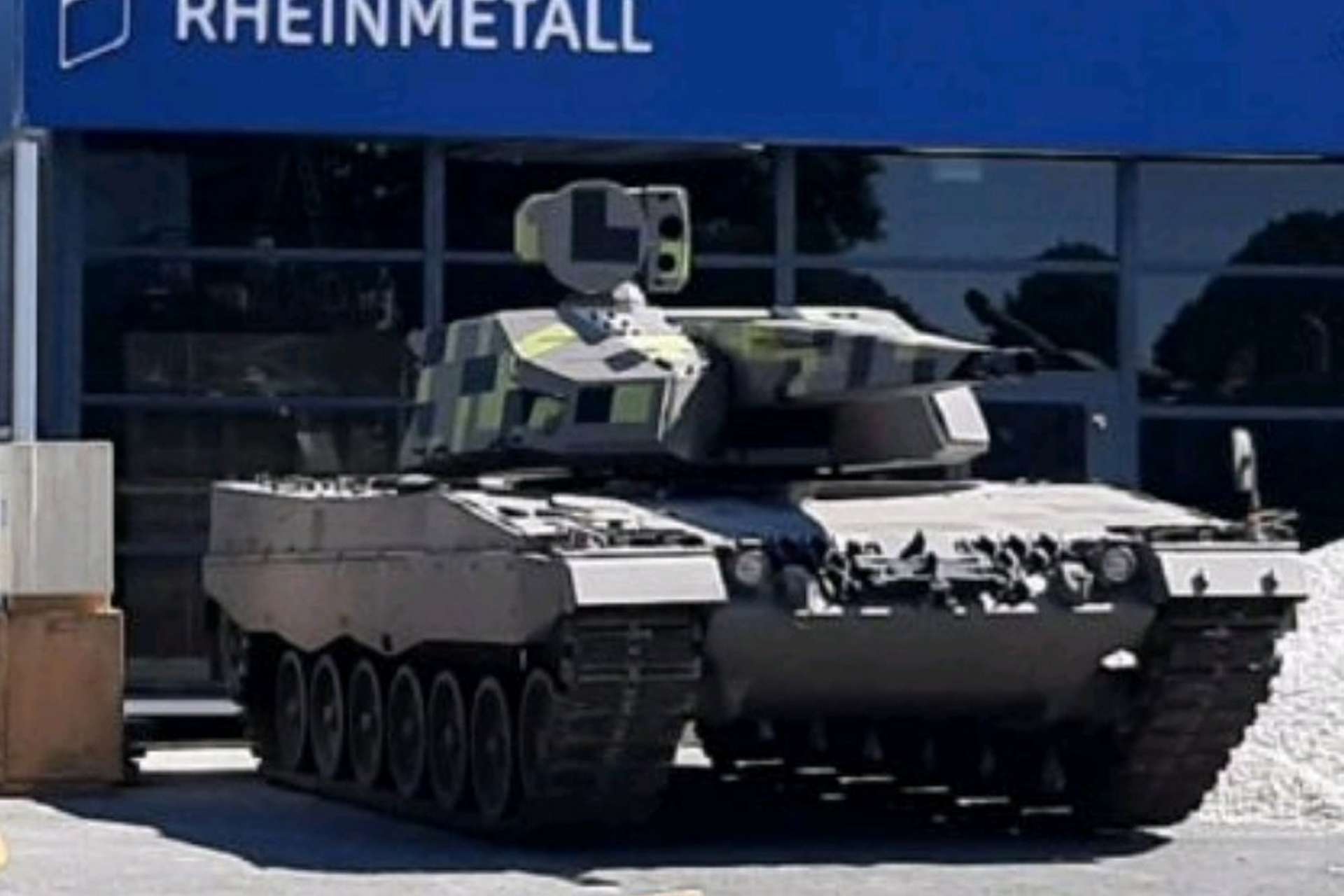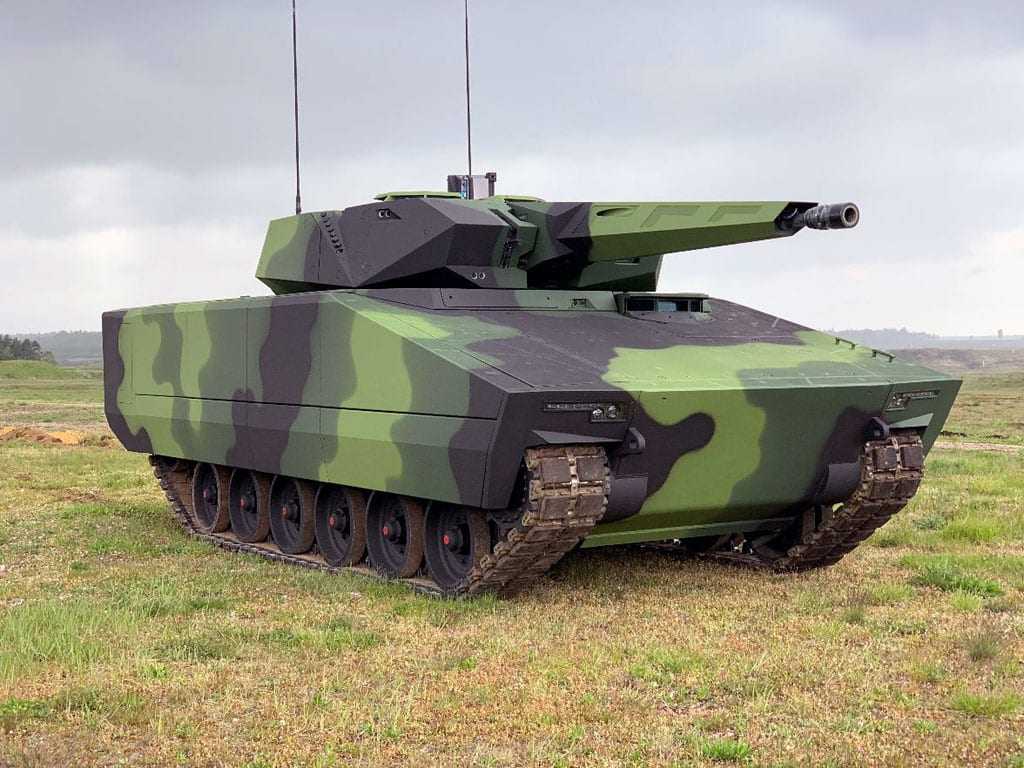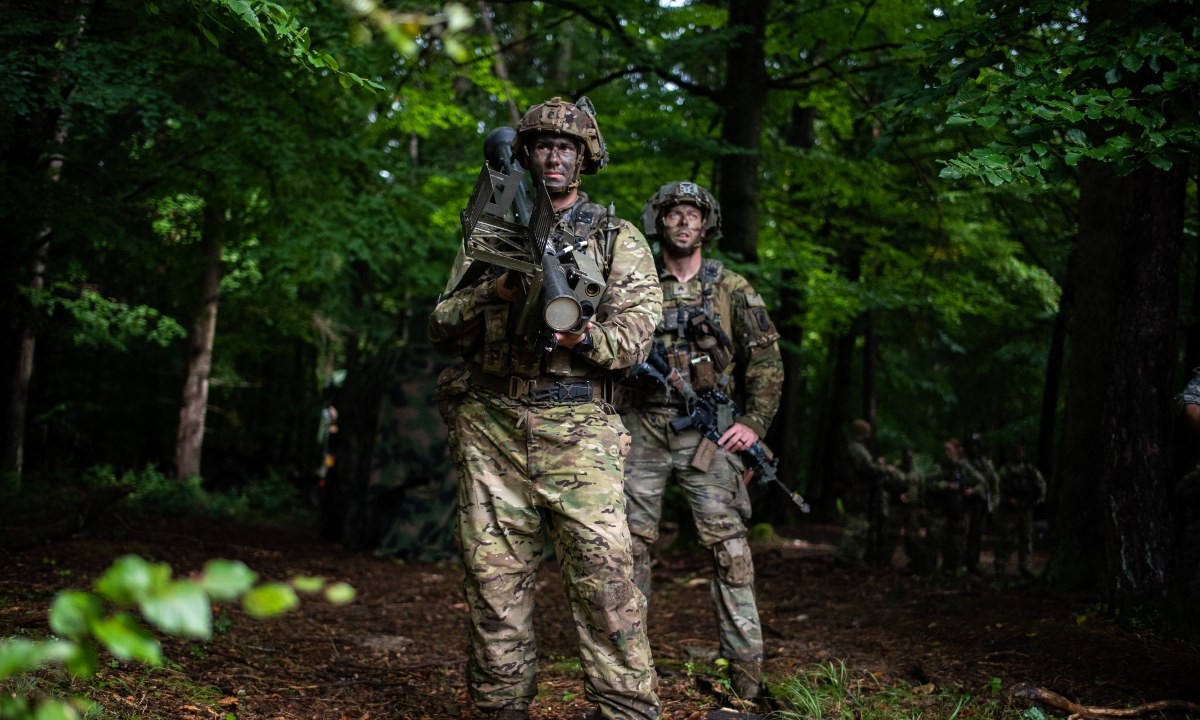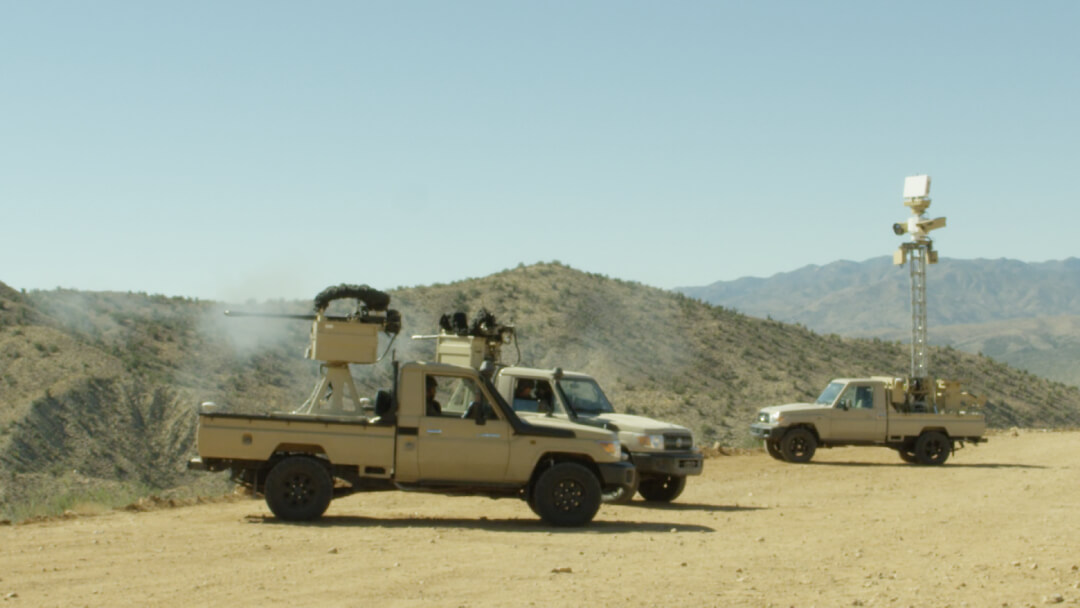- Reaction score
- 9,561
- Points
- 1,160
Is C-UAS part of GBAD?
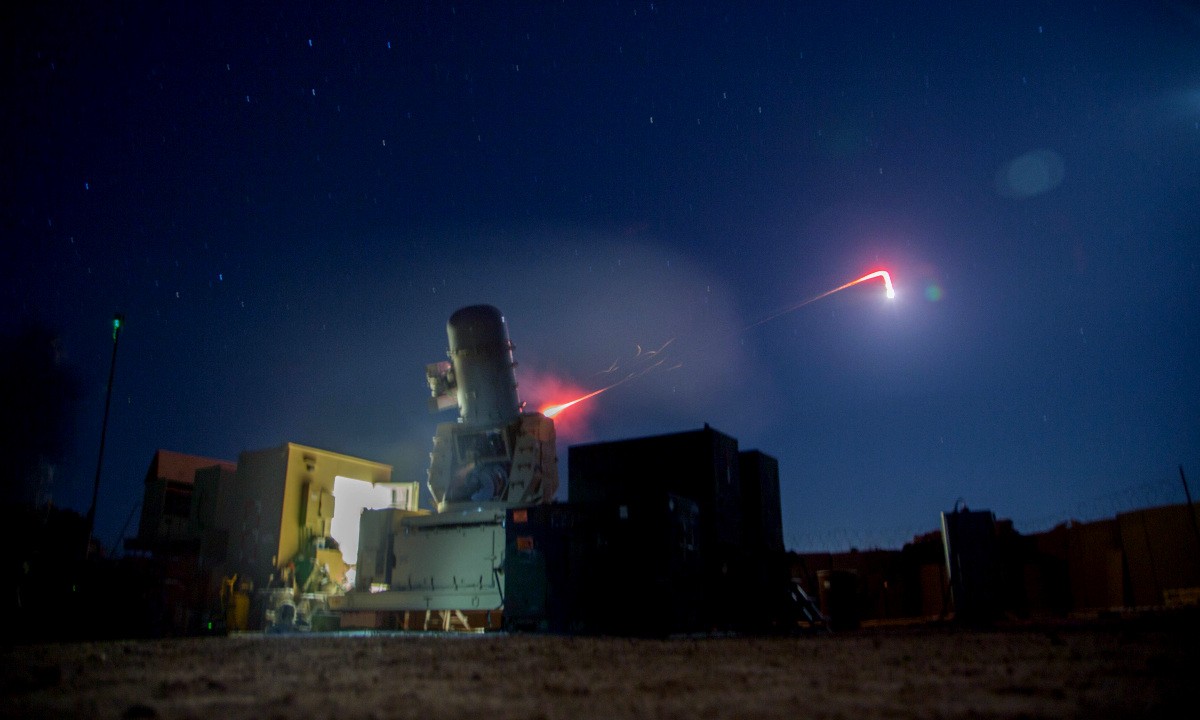
 mwi.westpoint.edu
mwi.westpoint.edu

Understanding the Counterdrone Fight: Insights from Combat in Iraq and Syria - Modern War Institute
Between August 2023 and April 2024, 2nd Brigade Combat Team, 10th Mountain Division was deployed across Iraq and Syria in support of Operation Inherent Resolve. During that time, state-sponsored militia […]
 mwi.westpoint.edu
mwi.westpoint.edu
Between August 2023 and April 2024, 2nd Brigade Combat Team, 10th Mountain Division was deployed across Iraq and Syria in support of Operation Inherent Resolve. During that time, state-sponsored militia groups launched over 170 attacks against a small network of coalition bases that 2/10 was responsible for defending. The brigade’s deployment represents the most recent and direct experience of any US Army unit defending against drone attacks and, consequently, an important set of lessons on countering and defending against rockets, missiles, and drones of all sizes.
The soldiers of 2/10 experienced a wide range of enemy attacks against conventional munitions, from rockets and mortars to cluster munitions and short-range ballistic missiles. But the enemy’s weapon of choice was the one-way attack unmanned aircraft system (OWAUAS). These drones were mostly little, propeller-driven, fixed-wing craft made of carbon fiber, metal, and plastic. They flew low, sometimes less than a hundred feet off the ground, and depending on the type, their wingspan was a few feet to a few meters. Their US military equivalents are between a Scan Eagle and a Shadow. These systems have no landing gear because they’re designed to land on their noses with a bang.
The low-flying, low-cost, highly accurate, and prolific drones are irresistibly effective. Despite their small size, one-way attack drones on the battlefield today have tremendous range. Small to mid-sized one-way attack OWAUAS can travel as far as 2,500 kilometers, distances more akin to land attack cruise missiles and ballistic missiles than any tube-based artillery. Their versatility, reach, cost, and precision will increasingly make them appealing options for any modern combatant, no matter its global stature or military size.
The soldiers of 2/10 were employed in a very distinct role, defending from established fixed sites with reliable connectivity, hardened bunkers, and air mobility that was limited by electromagnetic interference, adversary surface-to-air weapons, and political constraints but still only partially contested. Most importantly, 2/10’s fight was a purely defensive one. Even when some of the counter–unmanned aircraft systems (C-UAS) capabilities were designed to be mobile, they were employed as part of a static defense. The base defense operations centers were well established and operated in controlled environments.
The attacks were continual but measured, nothing like the artillery barrages that Russia employs in Ukraine or what we know is possible for drone swarms from a well-supplied enemy. The OWAUAS salvos against 2/10 came mostly in singles and doubles. Rockets and missiles came in sporadic batches, sometimes a little over a dozen at a time. The consistent but low volume attacks were by the enemy’s design under the unique circumstances of the conflict.




